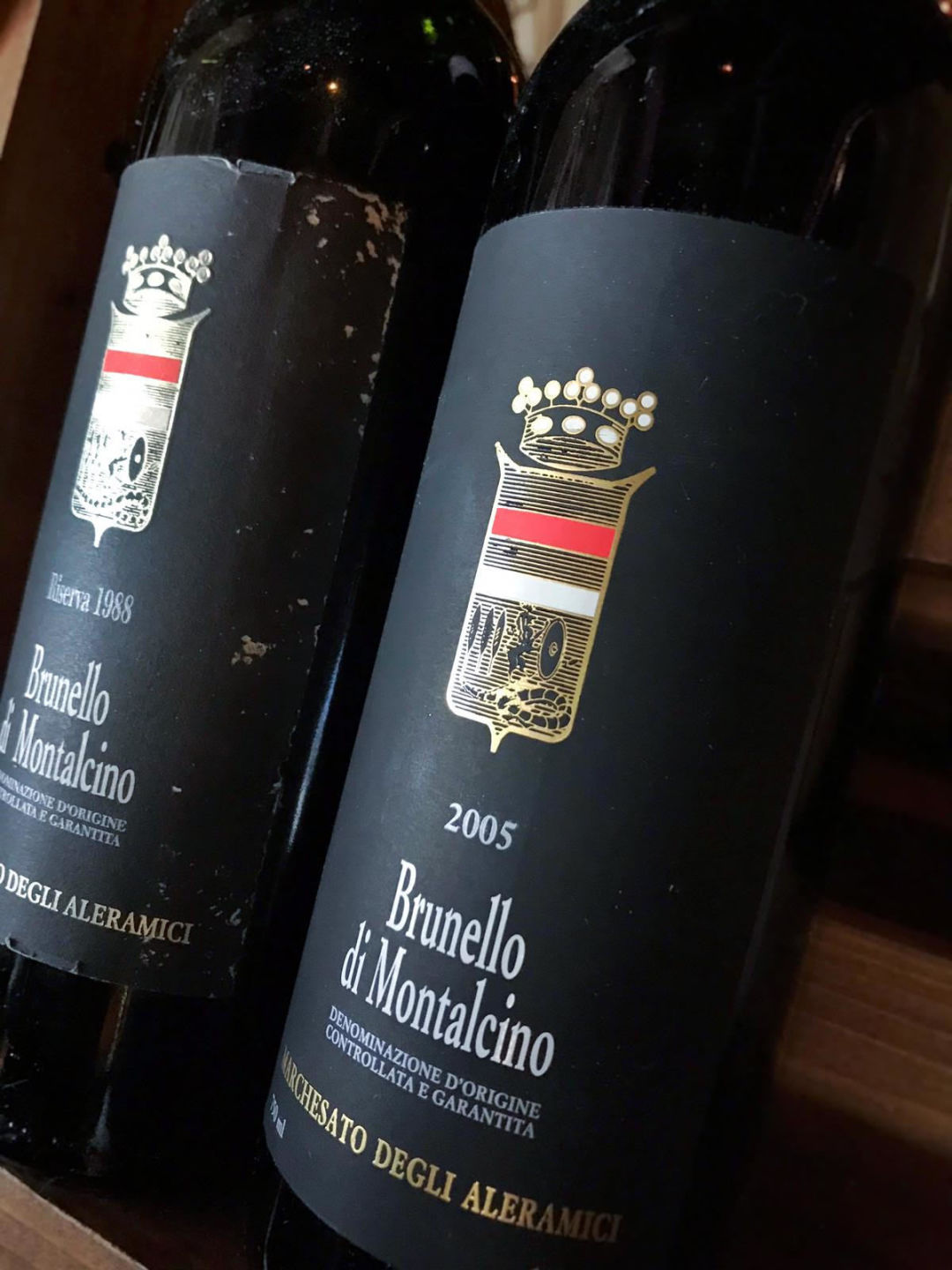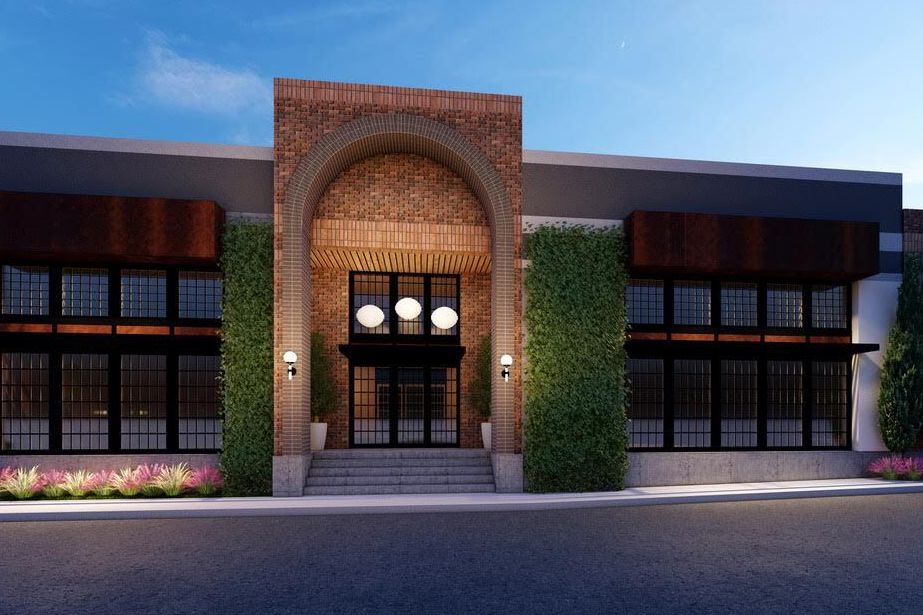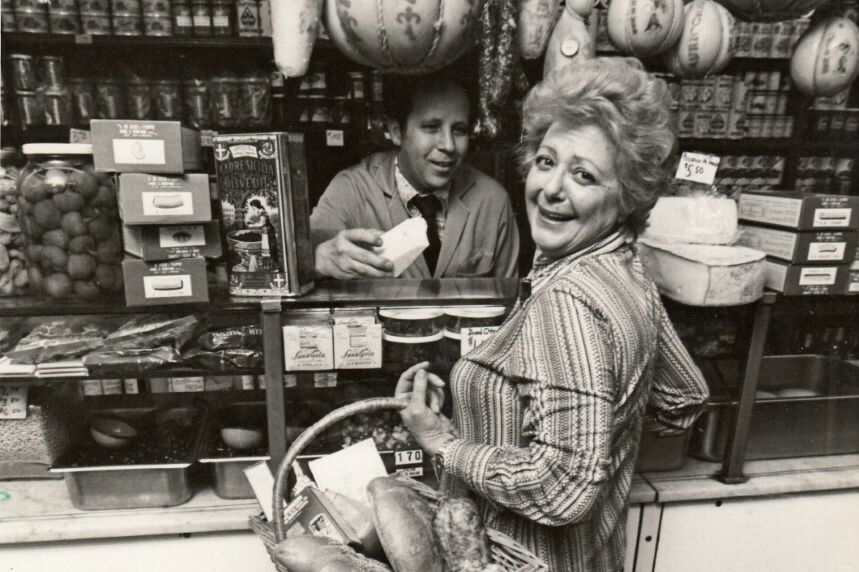Wine Mix-Ups: More Common Than You Might Think

Two similar-looking bottles at Café Gabbiano once caused an expensive mistake.
Image: Courtesy Photo
The most popular magazines for serious wine lovers are Wine Spectator in the U.S. and Decanter in England. While Wine Spectator deals with winery and winemaker profiles, as well as wine ratings, Decanter is more scholarly, dealing with vintages, climate, trends and more. That made it rather unusual to read a recent article in Decanter on a wine mix-up in a New York restaurant. Even more strange was that it occurred 18 years ago.
As the story goes, a couple at the New York restaurant Balthazar ordered an $18 bottle of pinot noir. Not far away, a group of four businessmen ordered a bottle of Mouton Rothschild 1989, the most expensive selection on the wine list, at $2,000. Both bottles were decanted and placed next to each other.
By now you’ve surmised that the servers mixed up the wines and the couple received the Mouton. Although admitting to not knowing a lot about wine, they were quite pleased. The businessman received the pinot noir and tried to save face by exclaiming its good quality. The mistake was soon discovered and, needless to say, neither party was charged. The owner of the restaurant had to eat the cost.
Made curious by this story, I asked a few local wine directors to ask about any mix-ups they've experienced.
Marc Grimaud of Café Gabbiano says that he has several vintages of a Brunello that he offers by the glass. Once, a server chose an older vintage selling for $696 rather than the correct vintage selling for $80. The problem of having nearly identical bottles is quite common. Grimaud solved the issue by moving the older, more expensive bottles.
Michael Klauber of Michael’s on East has read many instances of mix-ups but says he has not experienced one yet. He claims they most often occur with Bordeaux wines, where numerous vintages are held. Lately, he says, a new problem has arisen with vineyard-designated California wines. The prices of these special wines are much higher, but the unique designation may be hard to spot, especially if the labels are similar. “If it’s our mistake, we live by it and the guest wins every time,” says Klauber.
Ray Arpke, the chef and owner of Euphemia Haye, says miscommunication has occurred when a patron ordered a bottle quickly from the wine list and refused to identify it when the server arrived. He said, “Just pour it.” But it turned out to be a $450 bottle of wine, and caused a great disruption. He later returned and apologized. In another instance of label confusion, a server quickly grabbed a bottle of Penner-Ash viognier instead of pinot noir. When the wine was poured, it was obvious that the white wine was not the red wine that was ordered.
Most mix-ups are innocent, but I once experienced something quite different. At a local restaurant, I ordered a glass of Sterling sauvignon blanc. When the bill came, it stated the wine was “The Seeker.” I questioned the server and she said, “We are out of the Sterling and the bartender says this tastes the same.” Buyer beware.
Bob McGinn has spent his entire career in the wine industry—forming wine clubs, working in wine sales marketing and engaging in all facets of the winemaking process, including vine management, fermentation and yeast analysis. He has developed wine programs for companies such as Marriott, Sheraton and Smith & Wollensky, and consults with local restaurants. You can read more of McGinn’s work at gulfcoastwinejournal.com.



